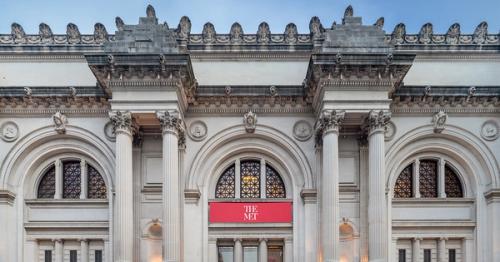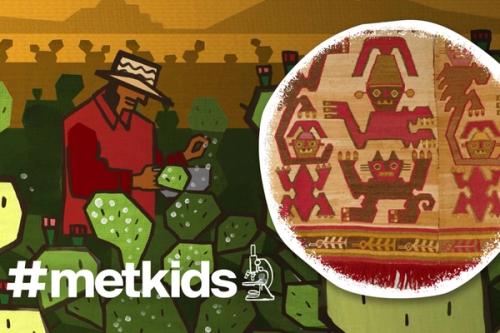Kyūshū has long been the center of Japanese pottery and porcelain production, and the Tanakamaru collection, formed by Tanakamaru Zenpachi over nearly fifty years, is one of the greatest repositories of Kyūshū wares. It includes the finest porcelains from such Arita kilns as Nabeshima and Kakiemon, as well as somber and earthy tea wares, particularly those from the Karatsu kilns, and spans at least three hundred years. Because of the variety and scope of the collection, we believe that this exhibition, which the Metropolitan Museum is pleased to show with the Seattle Art Museum, will prove to be a truly stimulating introduction to the art of Japanese ceramics. We are deeply grateful to Mrs. Tanakamaru Tomoko and Mr. Tanakamaru Zenshi for their generosity in sending so many of their magnificent treasures to America and for contributing both their time and skills to this project over the past several years. The idea for this exhibition was born when Mrs. Jackson Burke, a trustee of our museum and a collector of Japanese art, and Julia Meech-Pekarik, Associate Curator in the Department of Far Eastern Art, visited the exhibition gallery of the Tanakamaru Foundation in the Tamaya Department Store in Fukuoka while on a pottery tour of Kyūshū in March 1977. Mrs. Tanakamaru invited them to dine at her family home, and preceding the meal she hosted a tea ceremony, using antique Karatsu tea bowls in the intimacy of the Shōfūsō tearoom constructed by her late husband. The love of beautiful pottery and the enthusiasm for tea that were conveyed by the entire Tanakamaru family on that occasion have culminated in the present exhibition which we hope will prove an inspiration to collectors and students alike. The catalogue author, Nagatake Takeshi, trustee and consultant to the collection of the Tanakamaru Foundation, is also Director of the Arita Museum and Curator of the Saga Prefectural Museum. A foremost authority on Kyūshū wares, he is a prolific author and a guide to all students of Kyūshū ceramics. We are delighted to have had his cooperation and insight in the preparation of this exhibition.





